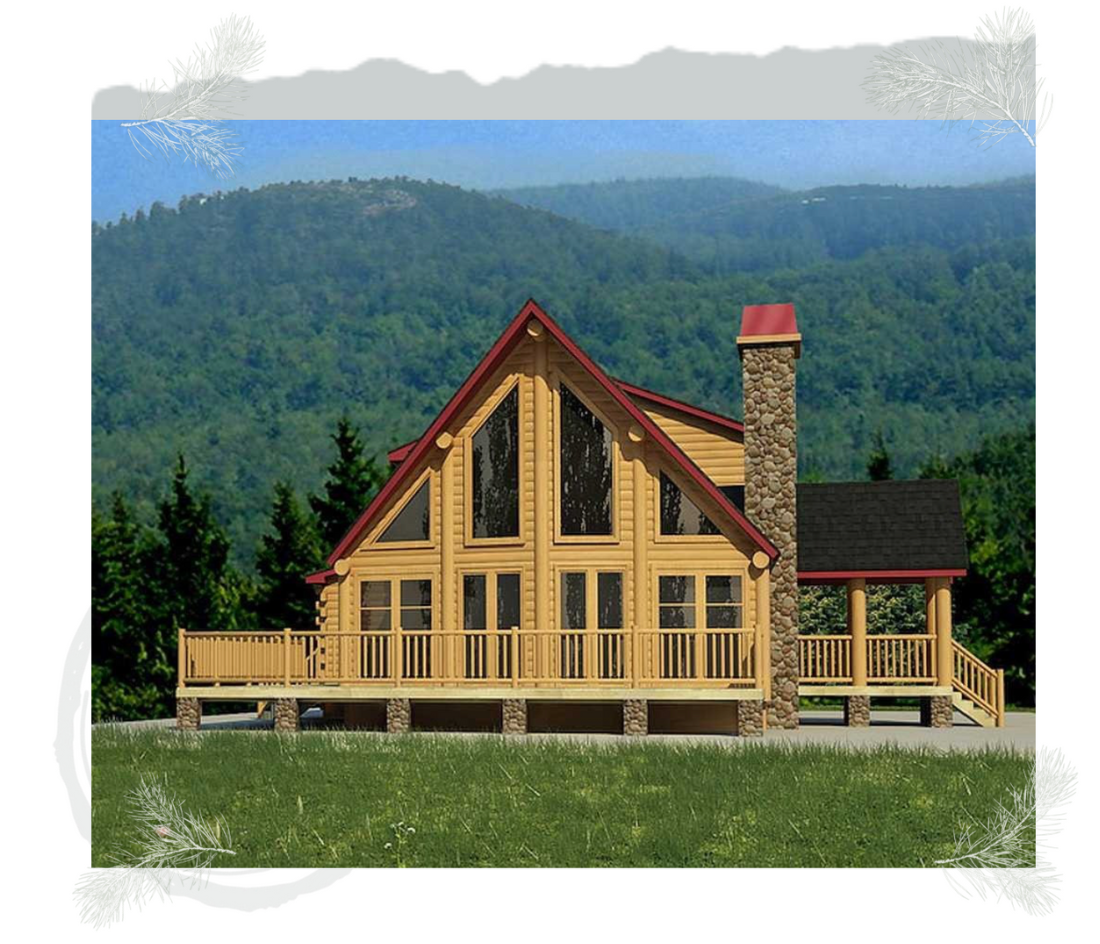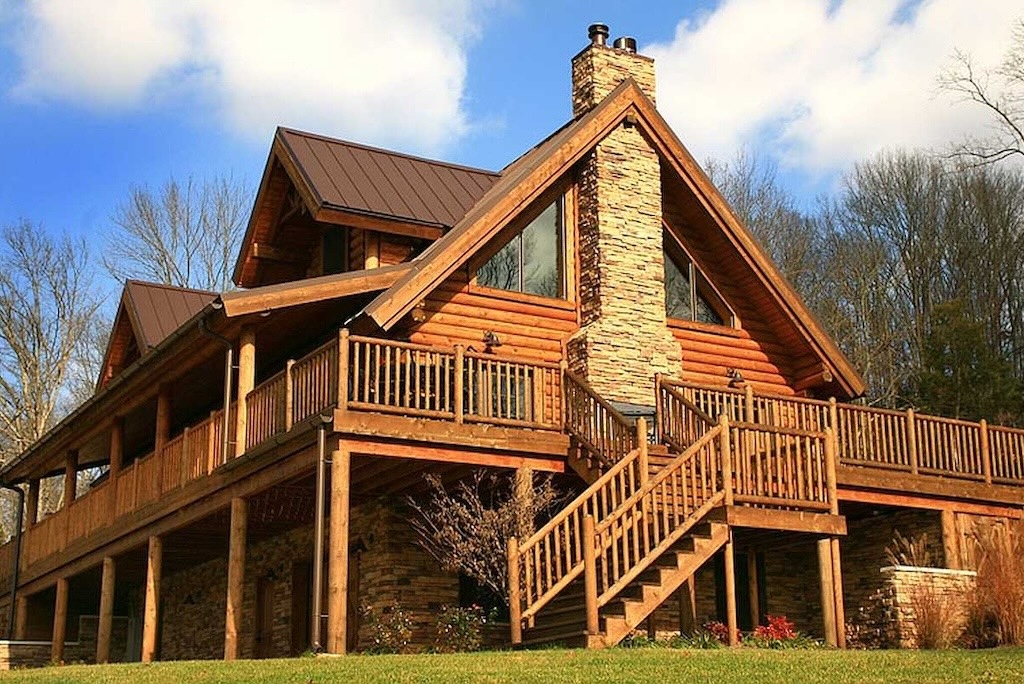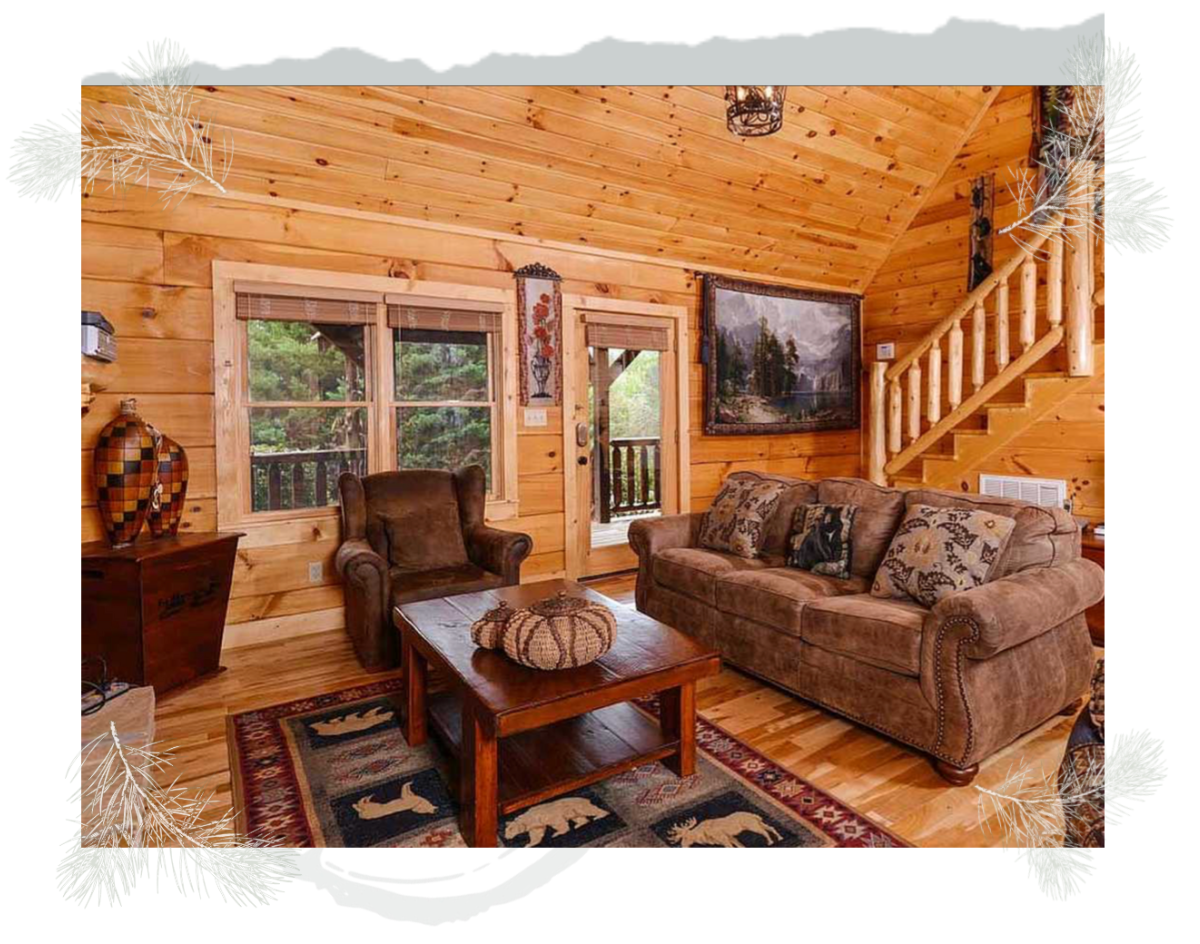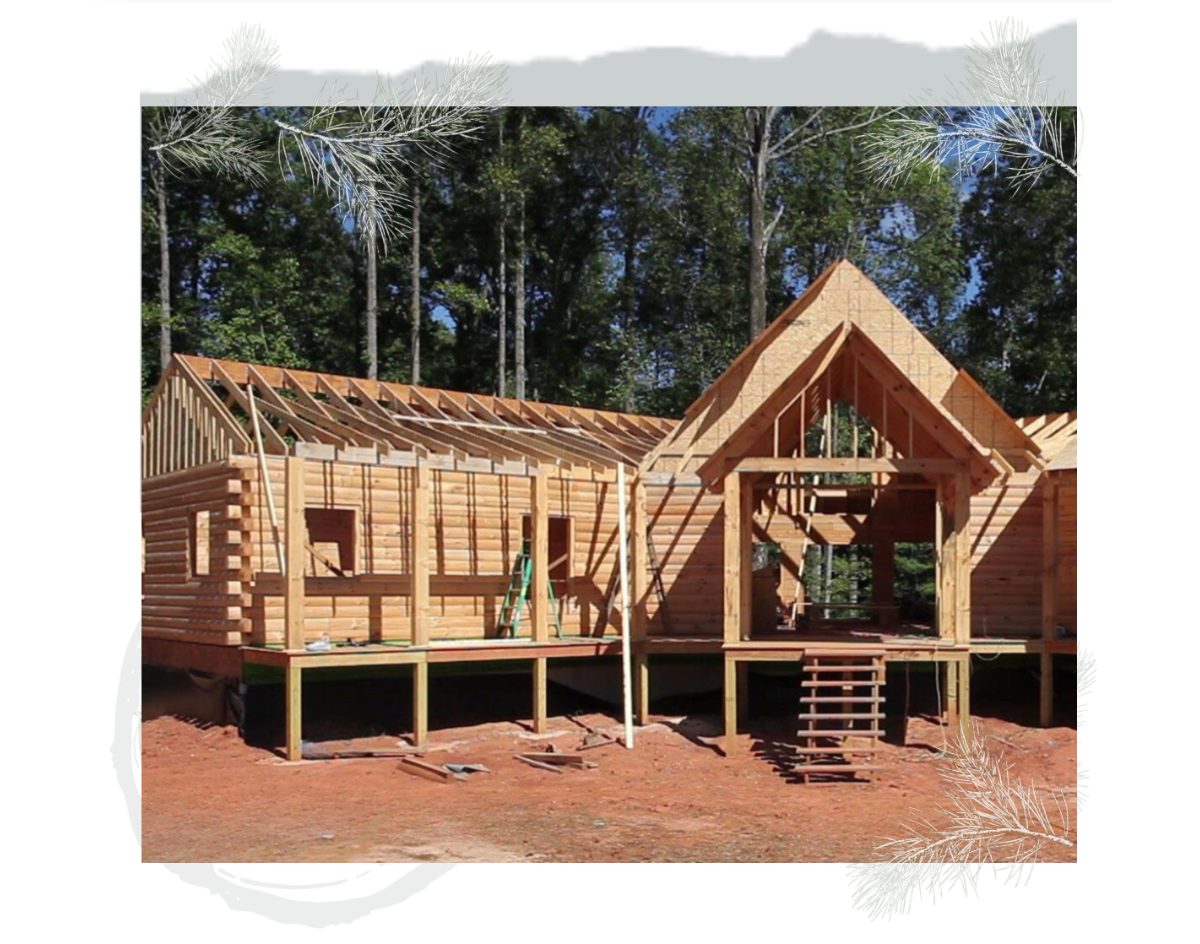BEST PRACTICE #3
STAINING AND FINISHING YOUR LOG HOME

Budget upfront for staining, and rely on experts to get the job done right.
The roof is on, the interior is finished, electrical and plumbing rough-in are complete – you are almost there. Now you are ready for staining. The price for this can range widely depending on the size of your home, but I typically tell people to plan for anywhere between $2,000 and $4,000. There are lots of choices and opinions out there, but I can make this statement with the utmost confidence – use products that say “log homes” on the label because logs are different than other exterior siding products commonly used in conventional homes.
Along that same line – you wouldn’t take your car to be repaired at a lawnmower dealership – don’t let a regular house painter apply the specialized stains and sealants to your log home. Please use someone who has experience with log homes. If you don’t know where to find someone, our company, Sashco, can direct you to a professional in your area here.
Choose the right color and type of stain.
Some people think that darker stains are sturdier than lighter tones, but this is a misnomer. It is true that gray tones last longer than yellow or red tones. But any of these tones work well and last, so choose the color you like the most. What you really want in a log finish is something not only flexible but elastic. Your logs heat up throughout the day as the sun comes out, so you need a stain that “stretches” with the log in that heat. As it flexes, the stain maintains a waterproof shell on the log. Also, be aware that water-based stains are generally better than oil-based stains. The opposite of this used to be true, but through mandates to reduce Volatile Organic Compounds (VOCs), water-based stains have emerged as less expensive and better overall.
Plan to apply a clear maintenance coat three years after you build.
The most important part of a new log home’s life is when it receives the first application of stain after you build, and what happens three years later. After about three years, natural cracks will start to appear in the logs, allowing opportunities for water to get behind the stain. So, in that third year, I recommend that you wash the house and then apply a coat of clear stain – it’s not hard to do. Start by caulking what you need to first, and then apply this waterproof clearcoat into every tiny crack. It goes on milky and turns clear. This will protect your home from tiny leaks that can turn into big problems later.






